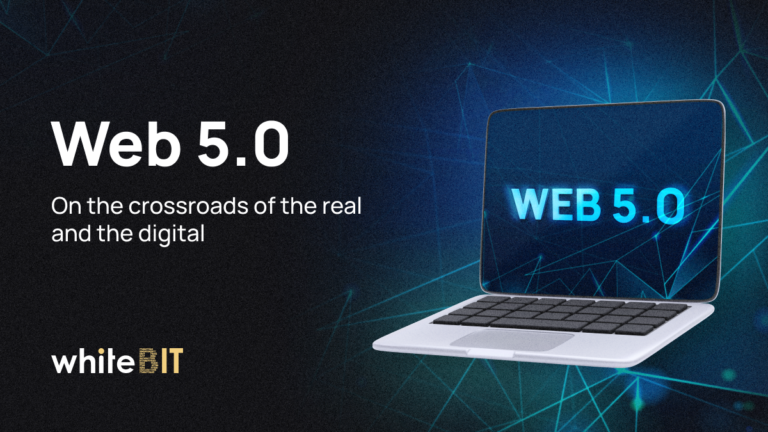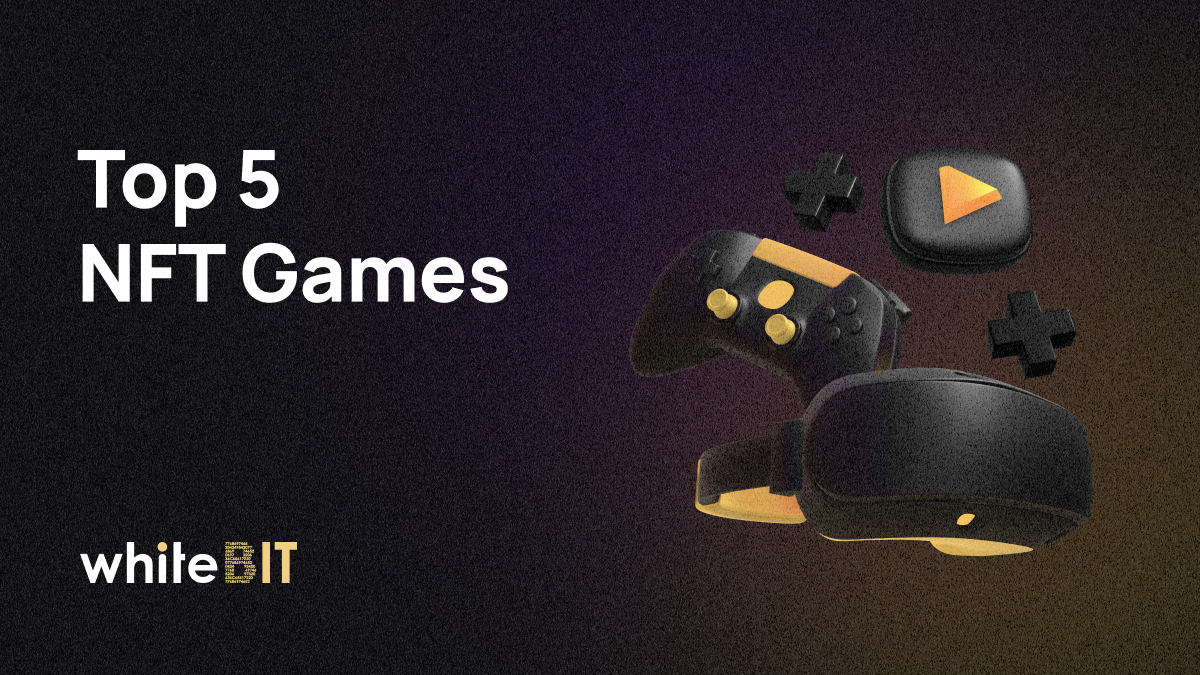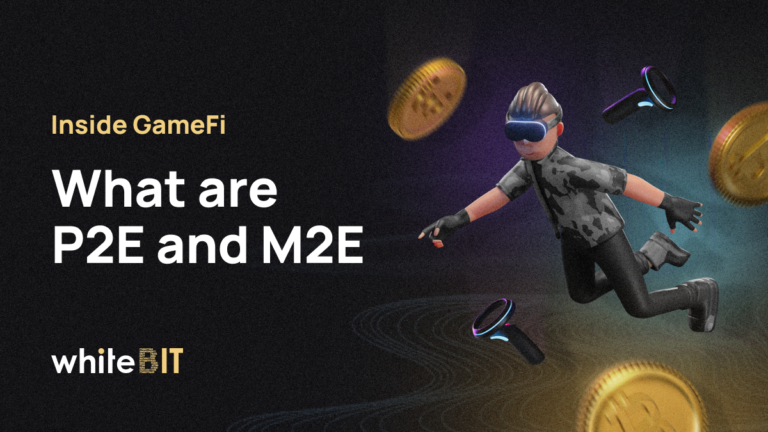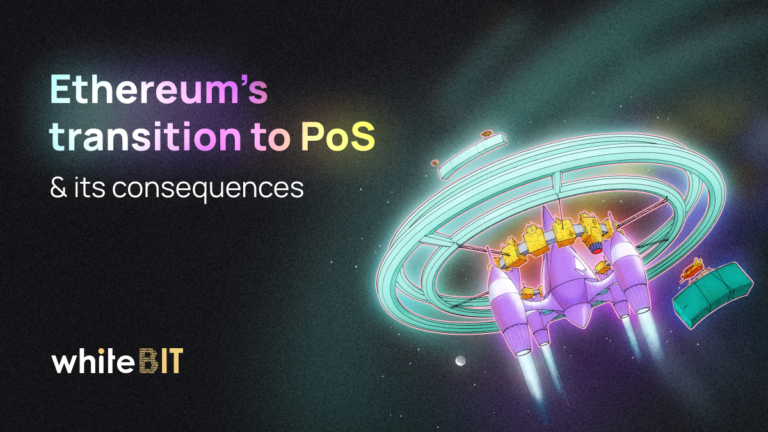Internet Evolution: What Is Web3.0?
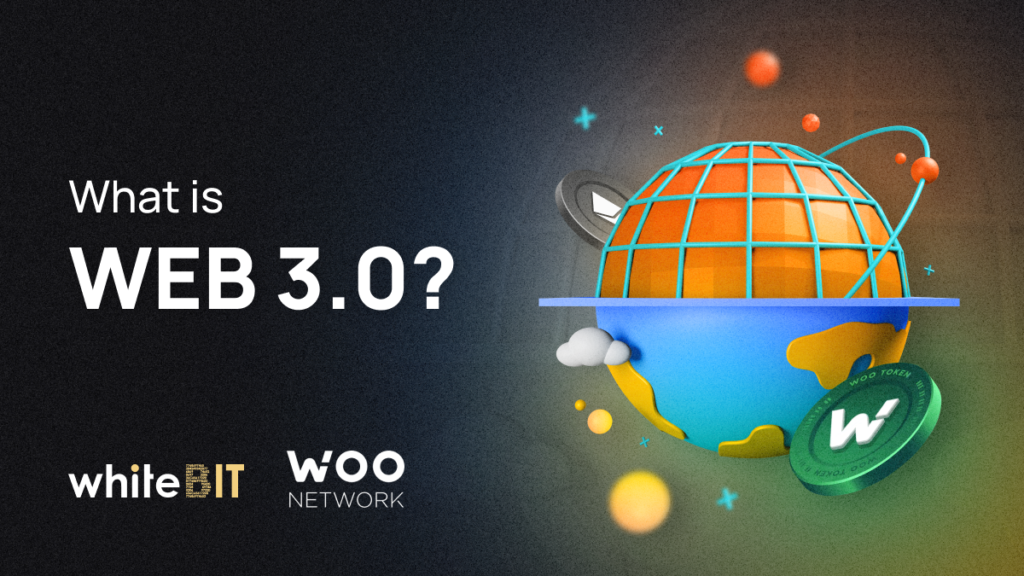
Content
The Internet evolution is described as a path from Web1.0 via Web2.0 to Web3.0. Web1.0 is usually described as the Internet you read, Web2.0 is the one you can read and write, and Web3.0 is the one you own. Let’s dive deeper into the evolution of the World Wide Web in a new bunch of articles written in collaboration with WhiteBIT and WOO Network.
The easiest way to understand the evolution from 1.0 to 3.0 is to understand your relationship with the Internet. Imagine entering a website, and Web1.0 asks you to enter your username and password. Web2.0 additionally prompts you to log in using a social network account (such as LinkedIn, Twitter, or Facebook). To work with Web3.0, you need to connect your decentralized wallet (for example, MetaMask or Trust Wallet).
Web1.0
Web1.0 existed from the early 1990s to the early 2000s. At that time, the most common thing to see on the Internet was static pages, essentially sites that you couldn’t interact with and which weren’t updated regularly. The Internet of that time could be compared to one extensive encyclopedia that stores data, but you couldn’t actively interact with it.
- Your Web1.0 identity = your IP (Internet Protocol) address. No one can know who you are, but everyone knows from where exactly you are connected.
- Who Owns Web1.0? Not you, definitely!
It’s just like you don’t own the apartment building where you live or the roads and sidewalks you use. The Internet is fully regulated by centralized networks that you pay for the communication service. You have no say in how Internet protocols are built.
Web2.0
Web2.0 gave us social networks and the ability to create our content and interact with others. The term was coined by Darcy DiNucci in 1999 and then popularized at the first Web 2.0 conference in late 2004. The main feature of Web2.0 is that the web is organized and intended primarily for user interaction — UX (User Experience).
- Your Web2.0 identity = your e-mail address. Everyone knows who you are and what activity you have done online.
- Who Owns Web2.0? Big Tech Companies!
You do not own your data. Such giants as Google, Amazon, Apple, Meta (Facebook), and others own it. Web2.0 is often criticized for selling user data, leaking it, or deleting it by server administrators. It only takes a few people for these companies to completely block your access to any digital assets you “own.”
Web3.0
Web3.0 refers to a relatively new form of the Internet that runs on public blockchains, a record-keeping technology best known for the transactions of digital assets, particularly cryptocurrencies.
- Your Web3.0 identity = your decentralized crypto wallet address. Your online identity belongs to you, and it is up to you to choose whether you want to reveal it online or remain anonymous. Your wallet activity builds your account’s Web3.0 reputation.
- Who Owns Web3.0? You!
Web3.0 turns the current perception of the Internet upside down. For example, companies pay you to watch their ads. In place of your bank account comes a decentralized wallet with digital assets, cryptocurrencies that no one but you can access.
Web3.0 decentralization is possible thanks to two technologies, blockchain and smart contracts.
There are several definitions of blockchain. For this article, we prefer the following:
Blockchain is a database and a history of transactions, that is, their transmission, recorded in a digital ledger using a cryptographic code in the public domain.
Once information is added to the blockchain, it becomes untouchable, and no one can change it. Blockchain is also called a network of distributed registries because the entire history of data is stored on the computers of many independent users. It is available for everyone to view and cannot be faked.
Operations in Web3.0 shift from the hands of Big Tech employees to smart contracts.
Smart contracts are instructions (like any other program) for updating data or transaction history on the blockchain.
Their main advantage is that actions that usually involve the participation of a qualified specialist can now be performed within the network without an intermediary.
Use cases for smart contracts include financial purposes such as trading, investing, lending, and borrowing. They have also found use in the gaming industry, healthcare, law, and the real estate market.
So, Web3.0 has come a long way to meet today’s information security and online security requirements. Now you shall not worry about your data and assets, keep your anonymity and enjoy a safe Internet!





